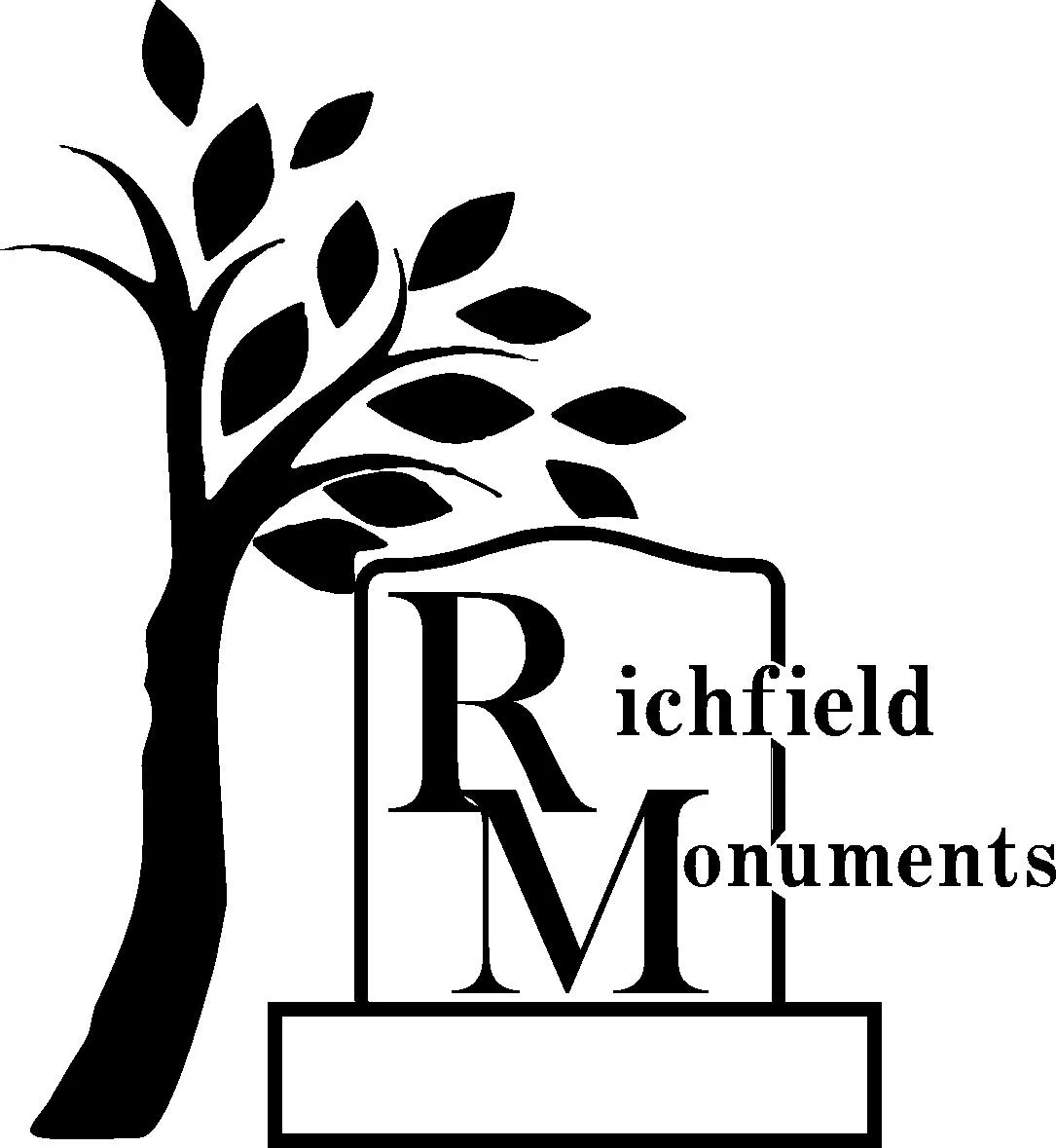Welcome to Our Blog Page!
If you have any questions, please feel free to reach out to us!

Where The Phrase "Set In Stone" Came From
It’s a phrase we’re all very familiar with. However, like most phrases, the beginnings of “set in stone” aren’t really that well known.
Sure, we know what it means - something that is unchangeable and permanent. You can’t afford to make many mistakes when carving something into a rock, if at all. When working with stone, the craftsman must work with extreme care or else the entire project is ruined.
With as much care as we take in our memorial creation services, we take great pride in our heritage, skill, and mastery of our designs.
This got us curious about the origin of the phrase “set in stone”. So join us as we take that deep dive.
Meaning Behind The Phrase
The way this phrase is often used is to show either the flexibility or the rigidness of a particular plan or action.
When someone uses a pencil, or even a pen, on a piece of paper, if a mistake is made the mistake could be erased or some white out could be used. On a computer, there are many that use the delete key more than they would care to admit.
When it comes to stone, though, it’s not quite as simple. As mentioned above, any mistake or modification requires a lot of work, far more than an eraser, white out, or a simple press of a button.
Possible Historical Context

When diving into the history of this phrase, we noticed that there is an additional way to say “set in stone”. “Carved in stone” is sometimes used by ancient cultures. In fact, it was in these ancient civilizations that laws were often carved into stone. It’s why we have things like the Code of Hammurabi in Babylon, much of the hieroglyphs that have been discovered in Egypt, and so on.
This idiom wasn’t that popular at first. Which makes some sense since phrases like “set in stone” doesn’t typically have a decent translation from English to other languages, particularly ancient ones.
So like most common phrases we have and use now, “set in stone” wasn’t a common phrase until the 1700s. Likely this occurred because this is the time when headstones started to be made out of some kind of stone for everyone, not just the upper classes. That’s not to say that other materials, like wood or slate, weren’t used. In fact, soldier graves were often marked with wooded crosses, mainly for time purposes during war.
It wasn’t until the end of the Civil War that using some kind of stone, as opposed to wooden crosses, was common for everyone regardless of the time.
Possible Religious Context

There are many instances of the phrase “set in stone” appearing within religious texts, even in a more literal sense. The easiest example would be the etching of the Ten Commandments that is recorded in Exodus when Moses came down from Mount Sinai the first time with the stone tablets that he later smashed when he saw the people worshiping a gold idol. According to Jewish tradition the second set were made of a blue sapphire, mostly to remind people of God’s power and throne.
Islam carries a similar tradition. In Morocco, Turkey, and various countries in the Middle East have Muslim law carved into different mosques and religious sites.
Regardless of the faith, carving anything in stone is meant to symbolize a permanence of a particular principle or the steadiness of a higher power. Stone can’t be broken easily. And since things like high explosives are a fairly recent thing when harvesting various stone, being able to use stone for building or even for use in graves were done with care.
Your Local Stone Craftsmen
Now that we’ve done that dive into the origin of the phrase “set in stone”, we hope that everyone comes away with a greater appreciation with what we do at Richfield Monuments. We look forward to serving you with the best craftsmanship for your monument and memorial needs. Take a peek at our catalog and contact us today to get started on your personalized memorial today!
